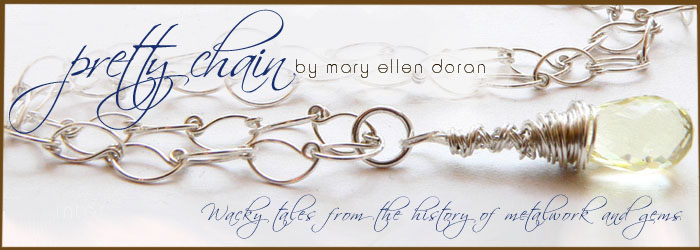
One unique stone that has been found in abundance in Mexico is the Fire Opal. The main opal "state" in Mexico is Querétaro. The opal deposits are located mainly in the mountain ranges within the areas of the state in Columbus, Tequisquiapan, and Ezequiel Montes. This region is known to produce the best Fire Opals in the world. They are usually found in regions where extinct volcanoes reign. With few exceptions the gemstone is hidden in niches and caves and is mined above the surface. At times there will be areas rising up the wall of canyons and caves. Many of the top quality fire opals from this region were mined from 1965 to 1975. They are much harder to come by these days and thus are at a much higher price on the market today than back then.
The Aztec Indians of Mexico were among the first recorded to know about the fire opal. Europeans learned about them from the Spanish explorers whom brought them back on their journey from the Americas.
Here is an interesting paragraph I found on fire opals: "Opal - a panoply of captured light refracting endlessly off the surfaces of billions of microscopic spheres; full of water, yet ablaze with internal fire; a precious gem , yet not a crystal: in short, a paradox. The play of colour, or "FIRE", within the stone arises from the phenomenon physicists call diffraction: something breaks up white light into all the colours of the rainbow, spreading them out as if for the pleasure of the human eye."
I was under the misunderstanding that opals were soft they are actually harder on the Mohs scale than lapis and turquoise - but they are still more prone to cracking, scratching and breaking when subjected to a hard hit. So you must be more careful when wearing them.
The fire opal is a symbol of deepest love.

